Doing Digital Right: Five Recommendations on Reaching Youth about Contraception and Reproductive Health Online
Written by: Kendra Davis, Program Specialist and Erin Portillo, Senior Program Officer
Are you thinking about developing a digital intervention to reach youth about contraception and reproductive health, but are unsure where to start? Who should be on your team? How can you effectively gear content toward your priority population(s)? Breakthrough ACTION, a social and behavior change project funded by USAID, created a series of program recommendations offering guidance on each of these questions, and others like them.
Starting in late 2020, the project conducted three assessment activities: a desk review, key informant interviews, and an online youth survey to understand how young people aged 10 to 29 seek, vet, and share information about contraception and reproductive health on digital platforms in low-and middle-income countries (LMICs). Many key findings resulted from these assessments that can help social and behavior change, youth, and reproductive health practitioners think strategically about whether digital is “right” for them and, if so, how to develop and tailor digital interventions to engage their intended audience, communicate compelling messages, and rise above the competition in a responsible yet appealing way.
Breakthrough ACTION consolidated assessment findings into a series of five recommendation videos and an accompanying brief, which are available in French and in English. Thanks to a collaboration with RNW Media, the videos are also available with Arabic subtitles.
Practitioners can more effectively make it onto the screens of youth living in LMICs and positively impact young people’s family planning and reproductive health knowledge, attitudes, and behaviors through the following five program recommendations:
- Apply best practices by partnering with young people in the co-design process, understanding the digital landscape to avoid duplication and identify potential partners, conducting careful audience segmentation, creating specific program goals and objectives, and being willing to refine and adapt the design based on monitoring data.
- Convene the right team by including youth from the program’s intended audience, and a range of experts, from monitoring and evaluation, legal, technical, gender, and information technology experts to graphic designers, content creators, and online community managers.
- Know that “Content is Queen” by developing visuals, messages, and other elements that foster trust, speak the audience’s language, and appeal to their values, priorities, and experiences.
- Expand content and channels to navigate the digital divide by thinking critically about the priority audience’s access to the internet and mobile technologies—and be willing to work across “offline” channels if that access is uneven.
- Use monitoring and evaluation for adaptive management by leveraging this data to inform whether a digital intervention activity is reaching its intended audience(s) and to determine if adjustments should be made to improve priority audience engagement.
Do you know someone who would be interested in these recommendations? Share this blog, the QR code on this page, or the webpage with them, and start your discussion about how to leverage digital in your youth contraception or reproductive health programs today.
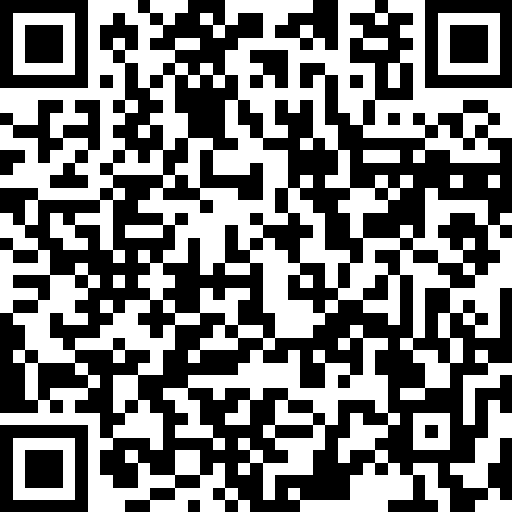


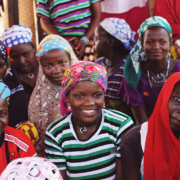 Cambey Mikush/Photoshare
Cambey Mikush/Photoshare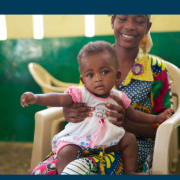 Sara Holbak/VectorWorks/Photoshare
Sara Holbak/VectorWorks/Photoshare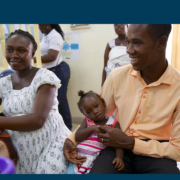 Sarah Hoibak/VectorWorks/Photoshare
Sarah Hoibak/VectorWorks/Photoshare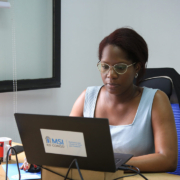 Getty Images/Image of Empowerment
Getty Images/Image of Empowerment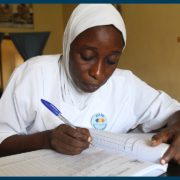 © 2012 CCP/NURHI 2, Courtesy of Photoshare
© 2012 CCP/NURHI 2, Courtesy of Photoshare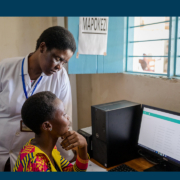 Rachel Chilton/USAID/Flickr
Rachel Chilton/USAID/Flickr